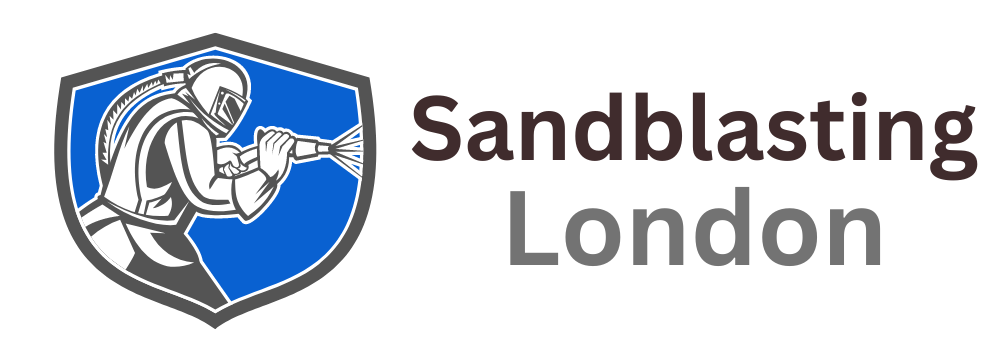The Role of Protective Gear in Sandblasting
Sandblasting, also known as abrasive sandblasting, is a widely used industrial process that involves propelling fine particles at high velocities to clean, smooth, or shape surfaces. This technique is incredibly effective, but it also comes with inherent risks due to the potential exposure to hazardous materials and the abrasive particles themselves. The role of protective gear in sandblasting is paramount, as it ensures the safety and well-being of a sandblaster while maximising productivity and achieving optimal results. This article will explore the importance of wearing proper protective gear during sandblasting operations.
Understanding the Sandblasting Process
Sandblasting is a powerful technique used in various industries, including construction, automotive, manufacturing, and restoration. It involves using compressed air or steam to propel abrasive materials, such as sand, silica, steel grit, or even crushed glass, at high speeds onto a surface. The impact of these abrasive particles effectively removes rust, paint, coatings, and contaminants, leaving behind a clean and prepared surface.
The Hazards of Sandblasting: Why Protective Gear is Essential
Despite its effectiveness, sandblasting poses significant health and safety risks to workers. The process generates fine dust and debris that can be inhaled or come into contact with the skin, eyes, and respiratory system. Prolonged exposure to these hazardous materials can lead to serious health issues, including respiratory diseases, skin irritation, and lung cancer.
Essential Protective Gear for Sandblasting
Helmets and Face Shields
Helmets and face shields are crucial components of protective gear in sandblasting. They shield the face, eyes, and head from high-velocity abrasive particles, preventing injuries and potential vision impairment.
Respiratory Protection
Respiratory protection is of utmost importance, as inhaling airborne abrasive particles can have severe health consequences. Properly fitted respirators, such as N95 masks or powered air-purifying respirators (PAPRs), filter out harmful particles and ensure clean air inhalation.
Protective Clothing
Wearing appropriate protective clothing, such as coveralls or abrasive-resistant suits, safeguards the body against abrasive impact and prevents skin exposure to hazardous materials.
Gloves and Hand Protection
Gloves are essential for hand protection, shielding the hands from abrasive materials and reducing the risk of cuts, abrasions, and chemical exposure. Nitrile gloves are commonly used due to their durability and resistance to abrasive substances.
Factors to Consider When Choosing Protective Gear
Type of Abrasive Material
The choice of protective gear should consider the type of abrasive material being used. Different materials may generate varying levels of dust and debris, affecting the required level of protection.
Work Environment
The work environment plays a crucial role in determining the appropriate protective gear. Enclosed spaces may require more robust respiratory protection, while open areas require enhanced eye and face protection.
Duration of Exposure
The duration of grit blasting exposure influences the type of protective gear needed. Prolonged operations may necessitate gear with higher comfort levels to prevent worker fatigue.
Benefits of Properly Fitted Protective Gear
Prevention of Respiratory Issues
Effective protective gear significantly reduces the risk of respiratory ailments caused by inhaling abrasive particles. This ensures the long-term health of sandblasting workers.
Reduction of Abrasive Injuries
Proper gear minimises the risk of abrasive particles causing injuries to the skin, eyes, and hands, thereby reducing the likelihood of accidents.
Minimisation of Dermal Hazards
Protective clothing and gloves create a barrier against skin contact with abrasive materials, preventing irritation, burns, and other dermal hazards.
Enhanced Worker Comfort and Productivity
When workers are equipped with comfortable and well-fitting protective gear, they can focus on their tasks without discomfort, leading to increased productivity.
Maintenance and Care of Protective Equipment
To ensure the longevity and effectiveness of protective gear, regular maintenance and cleaning are essential. Periodic inspection and replacement of worn-out components are critical to upholding safety standards.
In sandblasting, protective gear stands as the frontline defence against potential health hazards. Equipping workers with helmets, face shields, respiratory protection, gloves, and appropriate clothing safeguards their well-being, enabling them to carry out sandblasting operations effectively and safely. As the importance of worker safety and health gains prominence, investing in top-quality protective gear becomes an indispensable aspect of any sandblasting operation.
If you happen to search "sandblasting near me", then this is the perfect time to call us. Our skilled sandblasters are more than happy to answer your questions and to give you assistance. At Sandblasting London, we provide a variety of sandblasting services while using the proper protective equipment to protect our sandblasters in London. Do not forget saving our phone number to reach us quickly whenever you need our services!
Check out our GBP update about the role of protective gear in sandblasting.
02038353320
66 Shadwell Gardens,
London,
E12QH,
United Kingdom
